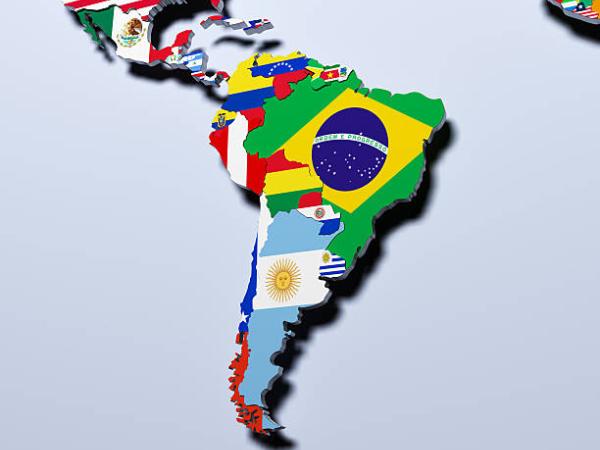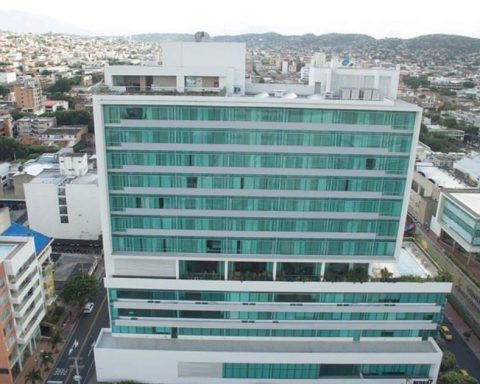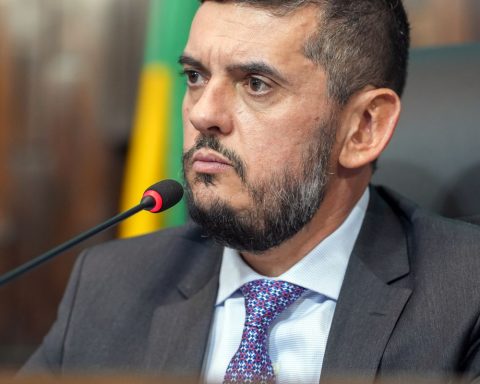Following the covid-19 pandemic in which governments around the world, especially in Latin America, juggled fiscally to respond to sudden spending, A wave of tax reforms has begun to put the national accounts back on track.
(The most valuable brands in Latin America and the world).
Although each country has particular macroeconomic conditions, the common denominator is that these tax reforms are committed to “greater equity” as a backdrop, especially those promoted by the recent governments of leftist ideology in the region.
“The history of indebtedness in the region and large fiscal deficits in Latin American countries have increased, which has led to the presentation of a series of reforms aimed at strengthening and modernizing their tax systems,” said the consultancy firm Monitoring & Strategy in a report.
In other considerations, these fiscal reforms, some in execution and others in projects, coincide in a increased collection by the wealthiest people, as well as companiesespecially those related to the extractivist sectors.
(Colombia, the country with the most Latino students enrolled in Australia).
It is worth noting that the drive for new tax texts in the region was continued by the law proposal of the new Colombian government presented on its first day in office.
The reform in Chile
The Government of Gabriel Boric presented in July its tax reform proposal which, together with the project to change the Constitution, are the central axis of its Government plan, since the fiscal text will provide the resources to support its social proposals.
The Chilean text seeks to progressively increase collection to 4.1% of GDP by 2024, that is, about US$12 billion.
To materialize this offer, the text proposes, among others, a 3% tax increase for people with salaries of more than four million pesos, a wealth tax for 6,300 citizens and a 1% rate on assets greater than US$5 million and 1.8% for those exceeding US$14,500 million.
(Lula and Bolsonaro: Brazil seeks a new course among acquaintances).
In addition, it is also suggested a tax between 1% and 4% on mining, depending on the metric tons of copper produced.
Although the panorama looks complex in Chile and it is recommended to deepen the discussion on the subject after the plebiscite on September 4, some actors such as Goldman Sachs hope that it will be approved before the end of this year.
The reform in Ecuador
As a way to accommodate its national accounts, which have a deficit of 5% of GDP, the center-right government of Guillermo Lasso in Ecuador presented a tax reform bill, the only one that has so far had the support of the Assembly.
With this project, approved towards the end of 2021 and effective this year, it plans to raise US$1.9 billion in two years, that is, 2% of the Andean country’s GDP.
To achieve this, in line with the options presented in Chile and Colombia, the Lasso government established a wealth tax for citizens who have wealth for US$1,000,000 and conjugal partnerships for US$2,000,000, among others. It also established a 20% income tax on people earning between US$2,000 and US$3,500, as well as a VAT reduction from 12% to 8% for tourist services.
Although the text is already in force, it is currently possible that it will be revoked by the National Assembly, since the political opposition considers that this tax reform erodes the economic aspirations of the middle class and SMEs, given the country’s context. Its repeal is already being discussed.
The case of Mexico
As for the Aztec country, the Mexican government presented towards the end of last year the Fiscal Miscellaneous, the text that, together with a legislative package, stipulates the fiscal accounts of the State for the following year.
Among the new rules that govern this 2022 is a cap of 15% deduction for donations or the establishment of between 1% and 2.5% income tax for low-income people.
The authorities have already said that there will be “marginal changes” by 2023, a key year for the governor elections and for being the penultimate of the presidential term.
ROBERTO CASAS LUGO
BRIEFCASE

















